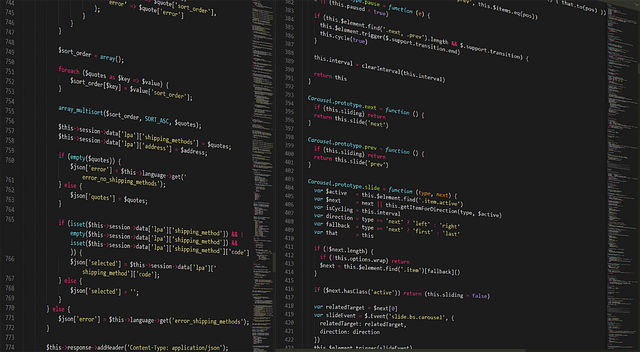Mastering the Art of Webinar Development for Online Education and Knowledge Building
The digital age has transformed how we learn and share knowledge. One of the most dynamic tools to emerge in this realm is webinar development. Webinars are not only a mechanism for delivering information but also a powerful platform for interaction and community building. Whether you’re a seasoned educator or a business leader seeking to share your expertise, mastering the art of webinar development can elevate your approach to online education.
Online education has become a cornerstone of modern learning, allowing individuals to access information from anywhere in the world. The convenience of these digital classrooms enables a new wave of learners to expand their horizons without the constraints of traditional settings. Within this environment, webinars stand out as pivotal opportunities for engagement. Unlike static online courses, webinars promote real-time interaction, fostering a sense of community among participants.
When it comes to knowledge building, effective webinar development plays an essential role. It’s not merely about presenting information; it’s about crafting an experience that resonates with your audience. Start by identifying the specific needs and interests of your target group. Conduct surveys or polls, or review feedback from past sessions to tailor your content. Remember, a well-informed audience is an engaged audience.
Next, focus on the structure of your webinar. Each session should have a clear objective, whether it’s imparting new knowledge, showcasing a product, or facilitating discussions among peers. Organize your material logically, using visuals and case studies to illustrate your points. Engaging storytelling can captivate participants, making complex concepts easier to grasp and remember.
Interactivity is key in the realm of webinar development. Integrate polls, Q&A sessions, and breakout discussions to enhance participant involvement. People are more likely to retain information when they are active participants rather than passive listeners. Utilize tools such as chat features or virtual hand-raising to create an inclusive atmosphere where everyone feels encouraged to contribute.
Another vital aspect is the technology behind the webinars. Choose a reliable platform that supports high-quality video and audio, and familiarize yourself with its features before the live session. Technical glitches can disrupt the flow of a webinar and lead to audience frustration. Practicing beforehand is essential to deliver a seamless experience.
To further enrich the learning experience, consider providing resources such as handouts, links to articles, or access to recorded sessions. This additional content reinforces the knowledge shared during the webinar and gives participants materials to consult later. Follow-up communication, like thank-you emails or feedback requests, can make your audience feel valued and foster future engagement.
In the fast-evolving landscape of online education, mastering webinar development is a crucial skill for anyone looking to impart knowledge effectively. By focusing on audience engagement, structure, technology, and follow-up, you can create impactful webinars that resonate with participants long after the session concludes. The journey of knowledge sharing is ongoing, and with each webinar, you contribute to building a more informed and connected community.




